The Role of Ultrasound in Early Disease Detection in Animals
Ultrasound technology has revolutionized the way veterinarians and livestock farmers detect early diseases in animals. Traditionally, detecting internal diseases in animals, especially large ones like cattle, could only be done after the disease had advanced. However, with the advancements in veterinary ultrasound, early diagnosis has become more accessible and reliable, leading to better outcomes for animals and a reduction in veterinary costs.
Veterinary ultrasound involves the use of high-frequency sound waves to produce images of internal organs. These images provide valuable insights into the condition of the animal’s internal systems without the need for invasive procedures. By utilizing ultrasound technology, veterinarians can examine organs such as the heart, liver, kidneys, lungs, and reproductive organs in real-time.
Early Detection and Disease Prevention
One of the major advantages of ultrasound technology is its ability to detect diseases at their early stages, even before any clinical symptoms appear. For instance, veterinarians can detect changes in the size, shape, or consistency of organs like the liver or spleen that may indicate underlying diseases such as liver dysfunction or cancer. Early detection can significantly increase the chances of successful treatment and recovery.
For farmers and livestock owners, early disease detection using ultrasound means reduced losses. Diseases in animals, especially in livestock, can spread rapidly if not caught early, leading to costly treatments, reduced productivity, and in some cases, death. Ultrasound allows for timely intervention, which can prevent the spread of disease and minimize economic losses.

Monitoring Reproductive Health
Ultrasound technology plays an important role in the monitoring of reproductive health in animals. In livestock farming, the ability to track pregnancy and reproductive conditions can dramatically improve herd management. For example, ultrasound is commonly used to check for early pregnancy in cattle, pigs, and sheep. This allows farmers to identify any problems early on, such as fetal abnormalities or the potential for miscarriage, which could affect herd productivity.
Additionally, ultrasound is used to monitor the health of female reproductive organs, helping to detect issues like cysts, tumors, or infections that could impact fertility. Early intervention in reproductive health issues can result in improved breeding success rates and better overall herd health.
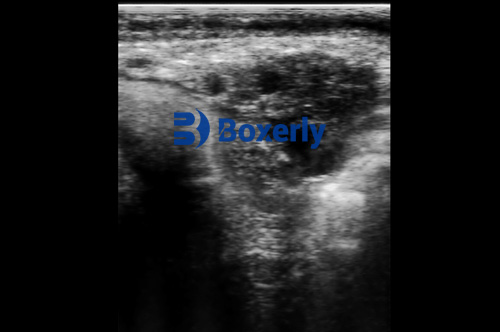
Non-Invasive Diagnosis
Unlike many traditional diagnostic methods that require surgery or biopsies, ultrasound is non-invasive, meaning that animals do not have to undergo unnecessary stress or pain. This non-invasive nature is particularly important in large animals, where traditional diagnostic methods may be more difficult or harmful to perform. With ultrasound, veterinarians can gather crucial information without the need for invasive procedures.
Moreover, ultrasound technology has evolved to provide high-quality images in real-time, allowing veterinarians to make quick and informed decisions regarding treatment options. This rapid diagnosis can help animals receive care promptly, increasing their chances of survival and reducing the overall treatment costs.
A Valuable Tool for Large Animal Farms
The role of ultrasound in the early detection of disease is especially important in large animal farming operations. For instance, cattle farming relies heavily on the health of the animals for productivity, whether in terms of milk production, meat production, or breeding. Diseases like mastitis (infection in the udder) or internal parasites can significantly affect production levels. Using ultrasound technology, farmers can identify these issues at an early stage, allowing for timely interventions and treatment, thus reducing the economic impact on the farm.
In large herds, manual monitoring of each animal for signs of illness can be challenging. Veterinary ultrasound provides a means for a more comprehensive and efficient assessment of animals, especially when used regularly as part of a health monitoring program.
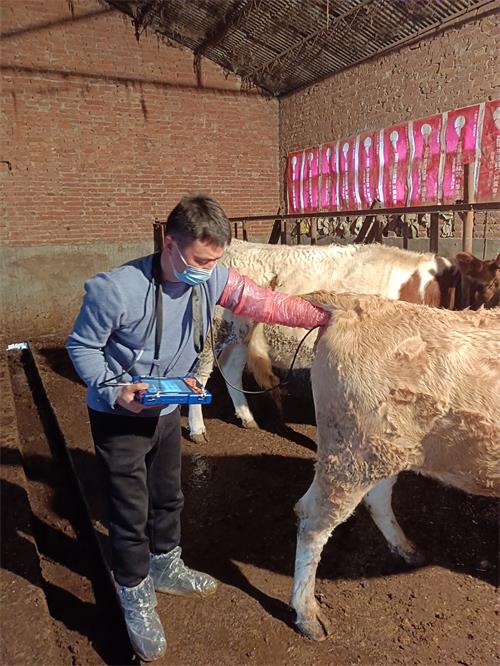
Conclusion
The role of ultrasound in the early detection of disease in animals cannot be overstated. With its ability to identify issues before symptoms appear, ultrasound technology enables veterinarians to make timely interventions that can save lives and reduce costs. For farmers, this means more productive herds, fewer veterinary emergencies, and a healthier bottom line.
As technology continues to improve, the use of veterinary ultrasound will likely become even more advanced, offering more detailed images and faster diagnoses. Farmers and veterinarians alike will benefit from these advancements, further enhancing animal care and livestock productivity worldwide.

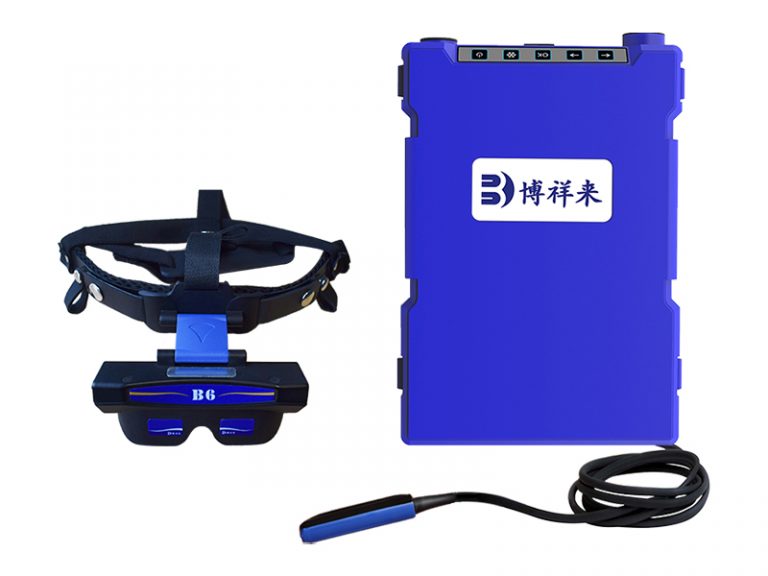
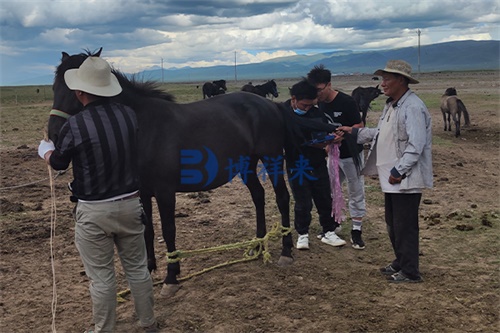
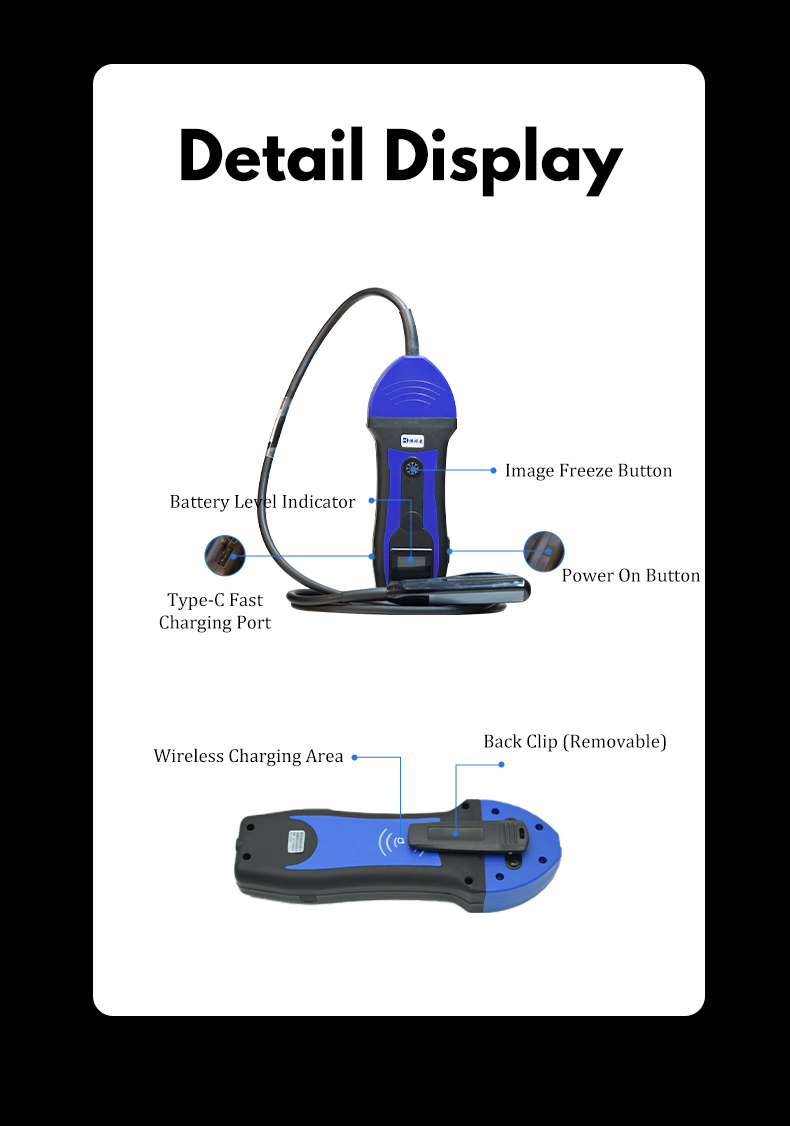


Honestly, this was a good read. I never thought ultrasound could pick up early signs like that in animals. Makes you wonder how many small issues go unnoticed just because we assume they’re “fine.” Appreciate the breakdown—short, clear, not too technical.